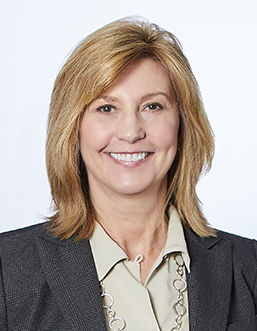Millions of borrowers continue to miss payments on personal loans, including auto, home and student loans. For the most part, these missed payments are consensual between the lender and the borrower. Otherwise, the Coronavirus Aid, Relief, and Economic Security Act (“CARES Act”) placed several temporary moratoriums on foreclosures and evictions of federally-backed loans. Additionally, most, if not all of the larger states and/or cities have instituted statewide or citywide moratoriums or limitations on trials, hearings and eviction procedures.
The number of accounts entering deferment, forbearance or other types of relief since March 1 and remain in such state rose to 106 million at the end of May according to credit-reporting firm TransUnion. In addition, the Federal housing agencies just recently extended their foreclosure and eviction moratorium to August 31, 2020 (www.fha.gov). HUD Secretary Ben Carson who stated that “[w]hile the economic recovery is already underway, many American families still need more time and assistance to regain their financial footing” (Government Agencies Extend Foreclosure and Eviction Moratoriums, Forbes, July 17, 2020).
In fact, the unemployment rate declined to 13.3% which reflect a limited resumption of economic activity that had been curtailed in March and April due to the COVID-19 pandemic and efforts to contain it (U.S. Bureau of Labor Statistics, June 5, 2020). While the number of unemployed persons fell by 2.1 million, there are still 21 million persons unemployed according the Household Survey Data collected by the U.S. Department of Labor.
While some jurisdictions may continue efforts to offer financial assistance to businesses and consumer borrowers, the economic impact will take a toll on everyone, including lenders. Many predict bankruptcy filings will be unprecedented (Anita Sharpe, Record Bankruptcies Predicted in Next Year as Unemployment Soars, Bloomberg, April 2020).
A group of bankruptcy scholars is calling for the appointment of at least 50 temporary bankruptcy judges to handle the onslaught of filings that could result from the COVID-19 pandemic, according to a letter sent to congressional leaders (ABI Bankruptcy Brief, June 11, 2020).
When the moratorium ends, lenders will not only be dealing with an expected increase in defaults and bankruptcy filings, they will also have a myriad of issues to wade through, including a few of the below examples:
- How to calculate penalties, interest, fees, etc. during forbearance period?
- What documentation of financial hardship is required for forbearance requests?
- Should a lender adjust default calculations used for trustee’s sale notices and judicial foreclosure motions?
- What workout options might be available?
Our skilled bankruptcy team at Sandberg Phoenix can assist clients on these issues and other various concerns and claims.
